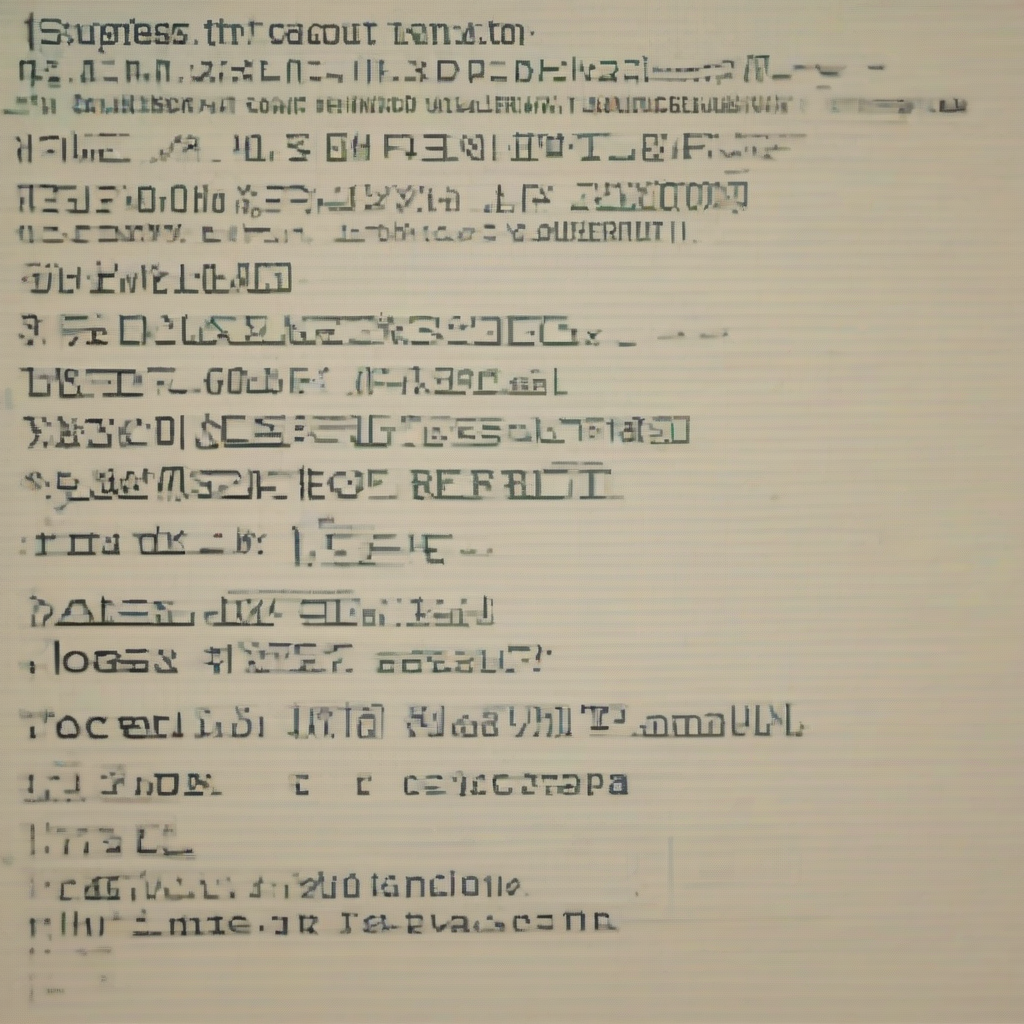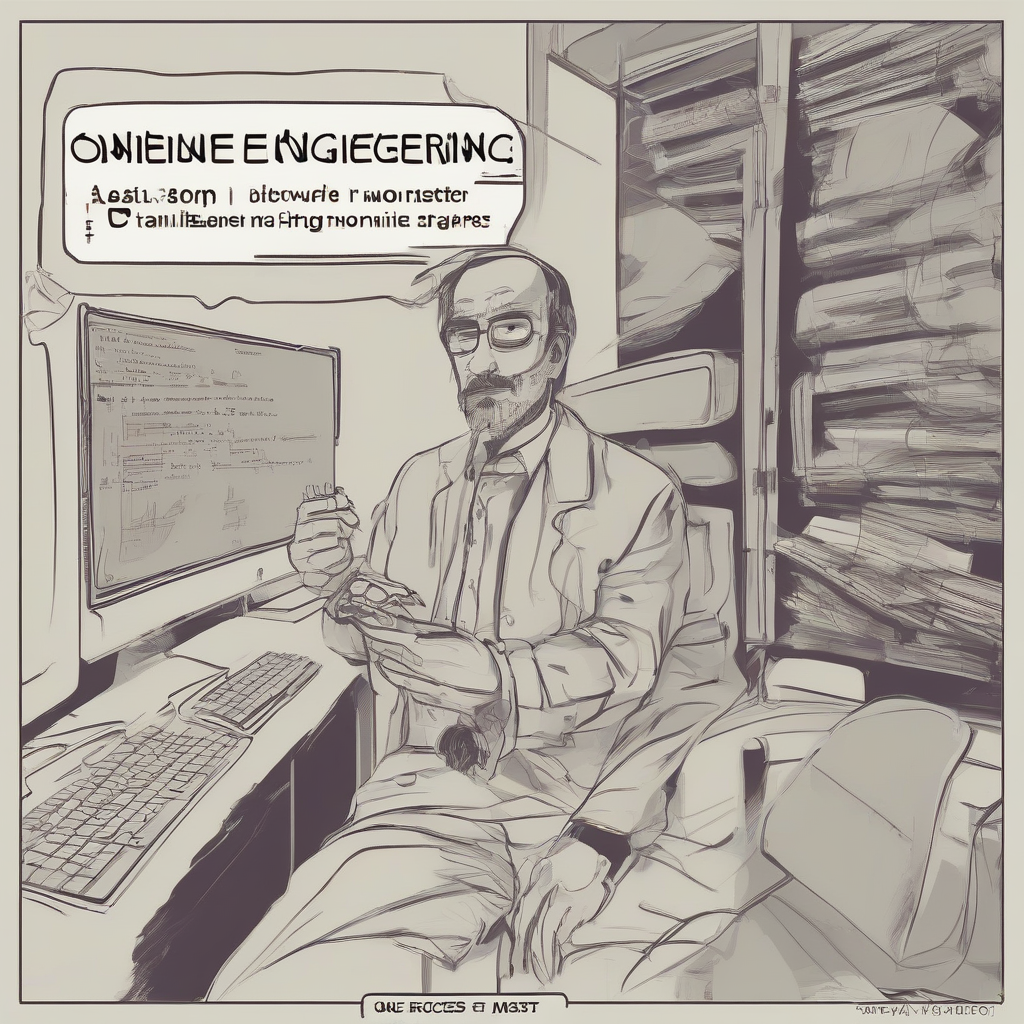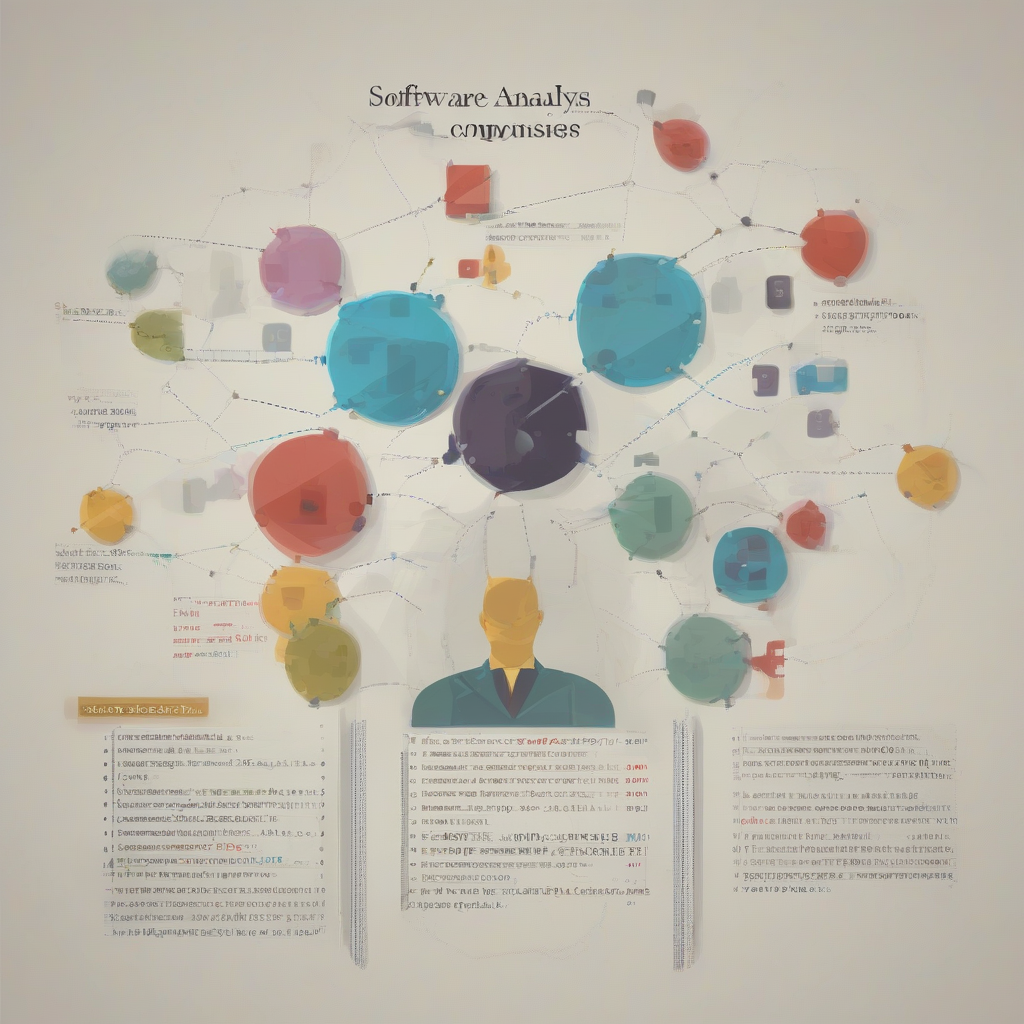HVAC Computer Software: A Deep Dive into Design, Simulation, and Control
The heating, ventilation, and air conditioning (HVAC) industry has undergone a significant transformation with the advent of sophisticated computer software. These tools have revolutionized how HVAC systems are designed, simulated, and controlled, leading to increased efficiency, reduced energy consumption, and improved comfort levels. This comprehensive overview explores the various types of HVAC computer software, their functionalities, applications, and the impact they have on the industry.
I. Categories of HVAC Computer Software
- Computer-Aided Design (CAD) Software: CAD software forms the foundation of HVAC system design. Programs like AutoCAD, Revit, and others allow engineers and designers to create detailed 2D and 3D models of HVAC systems, including ductwork, piping, equipment placement, and other components. This enables precise planning, accurate material estimations, and facilitates collaboration among project teams.
- Building Information Modeling (BIM) Software: BIM software extends the capabilities of CAD by integrating various aspects of building design into a single, centralized model. This allows for better coordination between different building systems (HVAC, electrical, plumbing), clash detection, and improved project management. Revit, ArchiCAD, and other BIM platforms offer dedicated HVAC functionalities.
- HVAC Simulation Software: These programs use computational fluid dynamics (CFD) and other algorithms to simulate the performance of HVAC systems under various conditions. They help engineers predict airflow patterns, temperature distributions, energy consumption, and identify potential design flaws before construction begins. Examples include EnergyPlus, eQuest, and IDA ICE.
- HVAC Control Software: These are used to monitor and control HVAC equipment in real-time. Building management systems (BMS) utilize control software to optimize system operation based on various factors like occupancy, weather conditions, and energy prices. These systems often incorporate SCADA (Supervisory Control and Data Acquisition) functionalities for remote monitoring and control.
- Load Calculation Software: Essential for accurate sizing of HVAC equipment, load calculation software uses algorithms and building data to determine the heating and cooling loads required for a specific building. This ensures that the selected equipment can effectively meet the building’s thermal demands.
- Duct Design Software: Specialized software for designing and analyzing ductwork systems. These tools optimize duct sizing, routing, and pressure drops to ensure efficient airflow and minimize energy losses.
- Refrigerant Charge Calculation Software: Used to accurately determine the amount of refrigerant required for various HVAC systems. This ensures optimal system performance and prevents overcharging or undercharging, which can lead to efficiency issues and potential environmental concerns.
II. Key Features and Functionalities
- 3D Modeling and Visualization: Most modern HVAC software offers advanced 3D modeling capabilities, allowing designers to create realistic representations of HVAC systems. This improves communication and helps identify potential conflicts or design flaws early in the process.
- Automated Calculations and Analysis: Software automates complex calculations, such as load calculations, duct sizing, and refrigerant charge calculations, reducing the time and effort required for manual computations and minimizing the potential for human error.
- Simulation and Performance Prediction: HVAC simulation software enables engineers to model the performance of systems under various operating conditions and predict energy consumption. This helps optimize designs for maximum efficiency and minimize environmental impact.
- Data Management and Reporting: Many programs include robust data management tools for storing and retrieving project information. They also generate comprehensive reports detailing system performance, energy consumption, and other key metrics.
- Integration with Other Software: Modern HVAC software often integrates with other design and management platforms, such as BIM software, CAD software, and building management systems. This seamless integration improves workflow efficiency and collaboration among project teams.
- Energy Modeling and Analysis: Increasingly, HVAC software incorporates energy modeling capabilities, allowing users to evaluate the energy performance of different design options and identify opportunities for energy savings.
- Customization and Flexibility: Many software packages offer customizable settings and options, allowing users to adapt the software to their specific needs and project requirements.
III. Applications Across Different Sectors
- Commercial Buildings: HVAC software is crucial for designing and managing HVAC systems in large commercial buildings, such as office complexes, shopping malls, and hotels. The software helps optimize energy efficiency, ensure occupant comfort, and reduce operating costs.
- Residential Buildings: While less complex than commercial projects, residential HVAC design also benefits from software tools. Software can aid in selecting appropriately sized equipment, optimizing ductwork design, and improving overall system performance.
- Industrial Facilities: Industrial settings often require specialized HVAC systems to control temperature and humidity in specific processes. Software plays a vital role in designing and simulating these systems, ensuring optimal performance and safety.
- Data Centers: Maintaining precise temperature and humidity control in data centers is critical for preventing equipment failures. HVAC software is essential for designing and managing these sophisticated systems.
- Healthcare Facilities: Hospitals and other healthcare facilities have stringent requirements for air quality and infection control. HVAC software aids in designing systems that meet these specific needs.
IV. Benefits of Using HVAC Computer Software
- Improved Design Accuracy: Software eliminates manual calculations and reduces the risk of errors, leading to more accurate and reliable designs.
- Enhanced Efficiency and Energy Savings: Software helps optimize system design for maximum efficiency, reducing energy consumption and operational costs.
- Reduced Project Costs: By improving design accuracy and minimizing errors, software can lead to significant cost savings throughout the project lifecycle.
- Faster Project Completion: Automation and streamlined workflows accelerate the design and implementation process.
- Better Collaboration and Communication: Software facilitates better communication and collaboration among design teams, contractors, and building owners.
- Improved System Performance: Optimized designs lead to improved system performance, ensuring occupant comfort and satisfaction.
- Data-Driven Decision Making: Software provides valuable data and insights that inform design decisions and improve operational efficiency.
V. Challenges and Considerations
- Software Costs and Training: Investing in high-quality HVAC software can be expensive, and users may require specialized training to effectively utilize its capabilities.
- Data Accuracy and Input: The accuracy of simulation results relies heavily on the accuracy of input data. Incorrect or incomplete data can lead to inaccurate predictions.
- Software Complexity: Some HVAC software packages are complex and require significant expertise to use effectively.
- Integration Challenges: Integrating different software platforms can be challenging, requiring careful planning and coordination.
- Keeping Up with Technological Advancements: The HVAC software industry is constantly evolving, requiring users to stay updated with the latest technologies and features.
VI. Future Trends in HVAC Computer Software
- Increased Integration with IoT and Smart Building Technologies: HVAC software will become increasingly integrated with Internet of Things (IoT) devices and smart building technologies, enabling remote monitoring, control, and predictive maintenance.
- Advancements in Simulation and Modeling Capabilities: Future software will incorporate more sophisticated simulation and modeling techniques, providing more accurate predictions of system performance.
- Enhanced User Interfaces and User Experience: Software developers will focus on creating more intuitive and user-friendly interfaces to improve accessibility and usability.
- Cloud-Based Solutions: Cloud-based HVAC software will become more prevalent, allowing users to access and collaborate on projects from anywhere.
- Artificial Intelligence (AI) and Machine Learning (ML): AI and ML will play an increasingly important role in optimizing HVAC system performance, predicting equipment failures, and improving energy efficiency.
- Digital Twins: The use of digital twins, virtual representations of physical HVAC systems, will become more widespread, allowing for real-time monitoring, simulation, and optimization.




